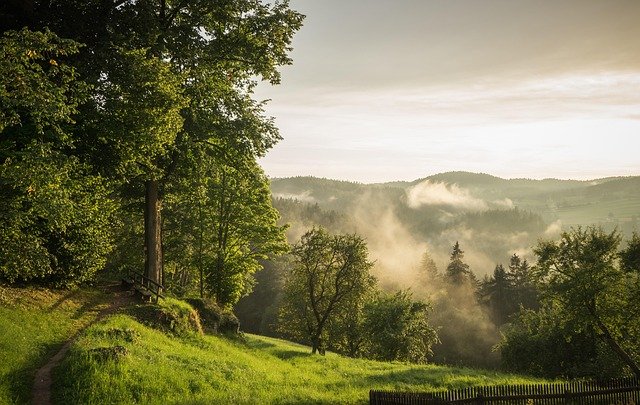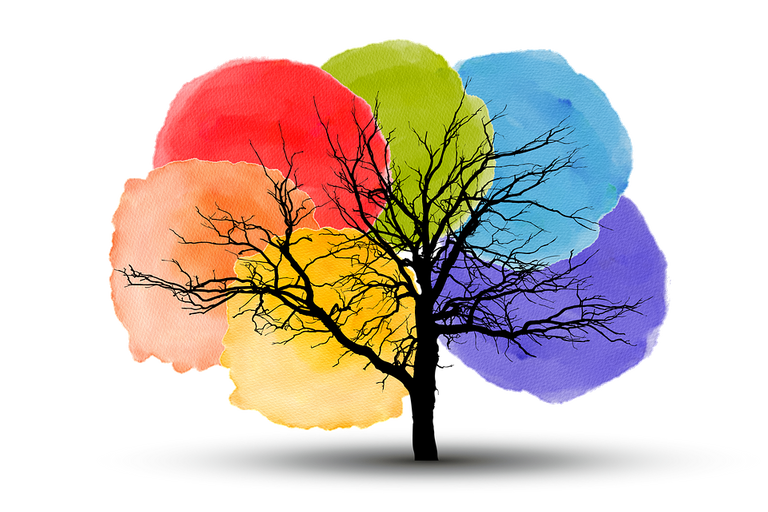**Title: "The Evolution of Storytelling in Video Games

The Secret Lives of Urban Wildlife
Urban environments are often thought of as concrete jungles devoid of nature, but beneath the surface, a vibrant ecosystem thrives. From raccoons rummaging through trash cans to hawks soaring above skyscrapers, urban wildlife has adapted to life alongside humans in fascinating ways. In this post, we’ll explore the secret lives of these remarkable creatures and how they navigate the challenges of urban living.
The Adaptability of Urban Wildlife
1. Finding Food in Unlikely Places
Urban wildlife has become expert scavengers. Animals like raccoons, pigeons, and squirrels have learned to exploit human waste and food sources. Raccoons, for example, have dexterous paws that allow them to open containers and access food. Meanwhile, pigeons thrive on discarded food and have adapted to nesting on buildings rather than trees.
2. Shelter and Safety
With fewer natural habitats available, urban wildlife has shown remarkable ingenuity in finding shelter. Many animals utilize abandoned buildings, parks, and even the spaces between walls. For instance, foxes have been spotted making dens in city parks, while bats often roost in the eaves of buildings. The ability to adapt to urban architecture is key to their survival.
The Impact of Urbanization on Wildlife
3. Challenges Faced by Urban Animals
While urban environments provide new opportunities, they also present significant challenges. Habitat loss, pollution, and vehicle traffic can threaten wildlife populations. Many urban animals must navigate busy streets and avoid human interactions, which can lead to stress and danger.
4. Human-Wildlife Interactions
As urban wildlife becomes more visible, interactions with humans are inevitable. While some encounters can be charming, others can lead to conflict. Educating city dwellers on how to coexist with wildlife is crucial. Simple actions, like securing trash cans and avoiding feeding wild animals, can make a significant difference.
Celebrating Urban Wildlife
5. The Role of Urban Green Spaces
Parks and community gardens play a vital role in supporting urban wildlife. These green spaces provide essential habitats, food sources, and corridors for animals to navigate the city. By preserving and enhancing these areas, we can foster a more biodiverse urban environment.
6. Citizen Science and Wildlife Observation
Engaging with urban wildlife can be a rewarding experience. Citizen science initiatives, such as bird counts and wildlife tracking apps, allow residents to contribute to the understanding of urban ecosystems. Observing wildlife in your neighborhood can deepen your connection to nature and raise awareness about the importance of conservation.
Conclusion
The secret lives of urban wildlife remind us that nature is resilient and adaptable. By recognizing the creatures that share our cities, we can foster a greater appreciation for the biodiversity that exists in urban settings. Let’s work together to create environments where both humans and wildlife can thrive.
What urban wildlife have you spotted in your area? Share your experiences in the comments below! 🦊🌆

All images are taken from the Pixabay.com